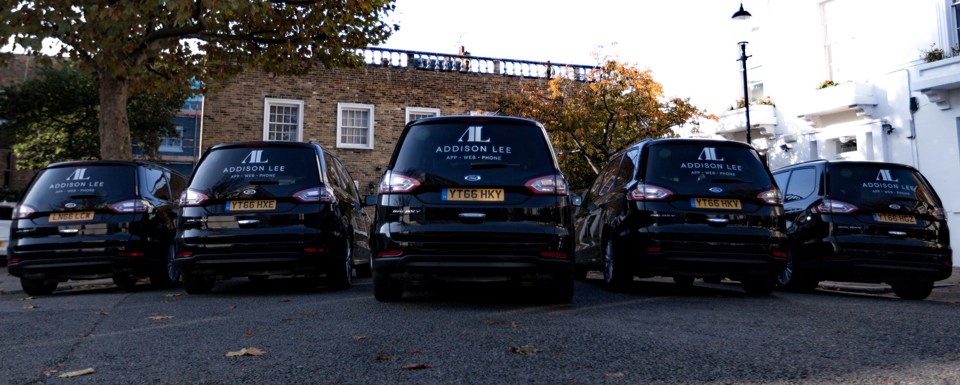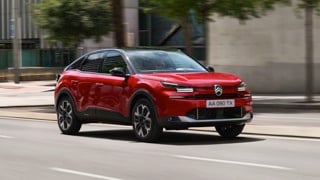Addison Lee and UK autonomous driving tech company Oxbotica will be ready to put fully autonomous vehicles on the road in London by 2021, but UK legislation needs to move forward to make it possible.
The ambitious co-operation project between Addison Lee and Oxbotica will see the former’s fleet of around 4,800 vehicles in the capital gradually transitioning to feature more autonomous vehicle (AV) technology.
Graeme Smith, Oxbotica chief executive, told Fleet News that, while he is confident his company will have the technology ready for Level 5 autonomy (no driver and no intervention needed at any point in a journey) by 2021, this will be entirely dependent on autonomous vehicle regulation and how the Department for Transport (DfT) updates legislation.
The deadline of 2021 will not be as simple as flicking a switch, he said, likening the introduction of autonomous vehicles to something closer to the adoption of pure-electric vehicles.
Smith explained: “The introduction of the technology will be a gradual process. We will likely introduce vehicles in specific geofenced areas. This would be somewhere like an airport where you have predictable traffic patterns and fewer pedestrians and cyclists. We’re not going to launch in Trafalgar Square.”
It plans to offer corporate shuttles, airport and university campus-based services first, with its Oxbotica software-powered vehicles.
“Urban transport will change beyond recognition in the next 10 years with the introduction of self-driving services, and we intend to be at the forefront of this change by acting now,” said Andy Boland, chief executive of Addison Lee Group.
“Autonomous technology holds the key to many of the challenges we face in transport.
“By providing ride-sharing services, we can help address congestion, free space used for parking and improve urban air quality through zero-emission vehicles.”
Boland said Addison Lee’s premium (chauffeur) services would continue to be driven by its drivers rather than autonomous vehicle technology for “the foreseeable future” and added: “It’s important to draw a distinction between premium services and technology opening new services at a relevant price point.”
Boland said the company is working with Transport for London to ensure that passenger, driver and public safety is at the forefront of any new AV services.
He said: “Safety will be at the heart of this project and we are confident we have the right team in place and the appropriate resources to develop an operational model which ensures autonomous services are safe.”
Boland is determined that by using autonomous vehicle technology, Addison Lee will be in prime position to take a share of the expanding car serviced market, estimated by Transport Systems Catapult to be worth £28 billion in the UK by 2035.
Sally Epstein, a machine-learning expert at Cambridge Consultants, applauded the ambition of Addison Lee and Oxbotica, but warned that full autonomy still remains a long way off.
She said: “Consumers should know that we’re nowhere near to having genuinely driverless cars on public roads.
“Data used to map London will become out of date as soon as it is collected. Street furniture is constantly changing, with roadworks, accidents and more, while human movement will remain stubbornly difficult to predict.
“There also remains the question of how will vehicle decision-making be understood after an incident? There must be adequate transparency in the system for consumers to trust a vehicle’s decision-making.”
If legislation cannot catch up with the rapid development of automated technology, Smith said it is possible 2021 will instead see Level 4 technology (high autonomy) introduced with the Addison Lee fleet. This will mean there will still be a driver that can take the wheel or act as a “safety attendant” in the vehicle.
Smith said: “I envisage us expanding out to other geofenced areas of London after 2021 where there is a further distance between public transport stations and this automated technology could fill that gap in getting passengers to their closest public transport station.”
Addison Lee Group recently set up and led the MERGE Greenwich consortium, a government-funded project investigating how autonomous vehicle ride-sharing could be introduced to complement existing public transport services.
Using the London Borough of Greenwich as a model, the project found that by 2025, self-driving, ride-shared services could assist significantly with addressing the capital’s transport challenges and make it easier and more accessible for citizens to move around.
In parallel, Oxbotica is leading the DRIVEN consortium, and has already launched a fleet of vehicles currently running autonomously in public trials in London and Oxford.
Between now and 2021, Smith said Oxbotica will continue developing its software and it will be fitting sensors to Addison Lee’s existing fleet to map areas of London.





















Login to comment
Comments
No comments have been made yet.